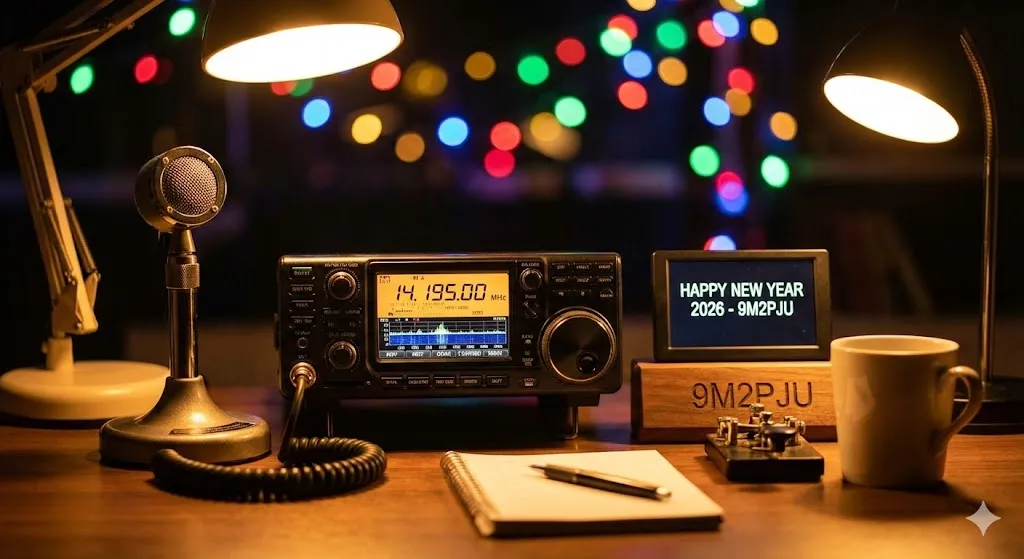Unveiling Lesser-Known Subtopics in Amateur Radio
Introduction:
Amateur radio, also known as ham radio, offers a vast array of subtopics that enthusiasts can explore to enhance their knowledge and enjoyment of the hobby. While many people are familiar with the basics of amateur radio, there are lesser-known subtopics that provide fascinating insights and opportunities for exploration. In this article, we will delve into some of these lesser-known subtopics, shedding light on areas that may be unfamiliar to many amateur radio operators.
- Digital Modes and Data Communication:
While voice communication is a common mode of operation in amateur radio, there is a whole world of digital modes and data communication waiting to be discovered. Digital modes such as PSK31, FT8, and RTTY utilize computers and specialized software to encode and decode digital signals, enabling efficient and error-free communication. Exploring digital modes opens up new possibilities for long-distance communication, weak-signal work, and experimentation with different data transmission techniques.
- Radio Direction Finding (RDF) or Foxhunting:
Radio Direction Finding, also known as RDF or foxhunting, is a challenging and exciting subtopic within amateur radio. RDF involves using specialized equipment, such as directional antennas and receivers, to locate the source of a radio signal. Participants in RDF events or competitions navigate through a designated area, following signal strength indicators to pinpoint hidden transmitters. This subtopic combines technical skills, navigation abilities, and the thrill of the chase, making it a unique and engaging aspect of amateur radio.
- Satellite Communication:
Amateur radio satellite communication provides an opportunity to connect with orbiting satellites and communicate with other amateur radio operators around the world. By utilizing specialized equipment and tracking software, operators can establish contacts through these satellites, overcoming the limitations of terrestrial propagation. Satellite communication introduces a new dimension to amateur radio, allowing for unique operating experiences, experimentation, and exploration of satellite technology.
- High-Frequency (HF) Propagation and DXing:
DXing, or long-distance communication, is a popular pursuit among amateur radio operators. However, understanding the intricacies of HF propagation and maximizing the potential for successful DXing requires knowledge of various factors such as sunspots, ionospheric conditions, and propagation modes. Exploring the nuances of HF propagation, learning about different propagation modes like sporadic E and aurora, and honing antenna design and setup techniques can significantly enhance DXing capabilities.
- Amateur Radio Emergency Communications:
Amateur radio operators play a vital role in emergency communications, providing backup communication channels during disasters or emergency situations. Many operators are aware of this aspect, but exploring it further unveils specialized subtopics such as emergency nets, incident management systems, and protocols for coordinating communications during crises. Delving into emergency communications not only equips operators with valuable skills but also reinforces the importance of amateur radio in serving the community.
Conclusion:
Amateur radio encompasses a vast range of subtopics that extend far beyond the basic concepts of communication and licensing. By delving into lesser-known areas such as digital modes, radio direction finding, satellite communication, HF propagation, and emergency communications, operators can expand their knowledge, skills, and experiences within the hobby. Embracing these subtopics not only adds depth to one’s understanding of amateur radio but also opens up avenues for experimentation, personal growth, and making meaningful contributions to the amateur radio community. So, take the plunge and explore the captivating world of lesser-known subtopics in amateur radio!






Post Comment